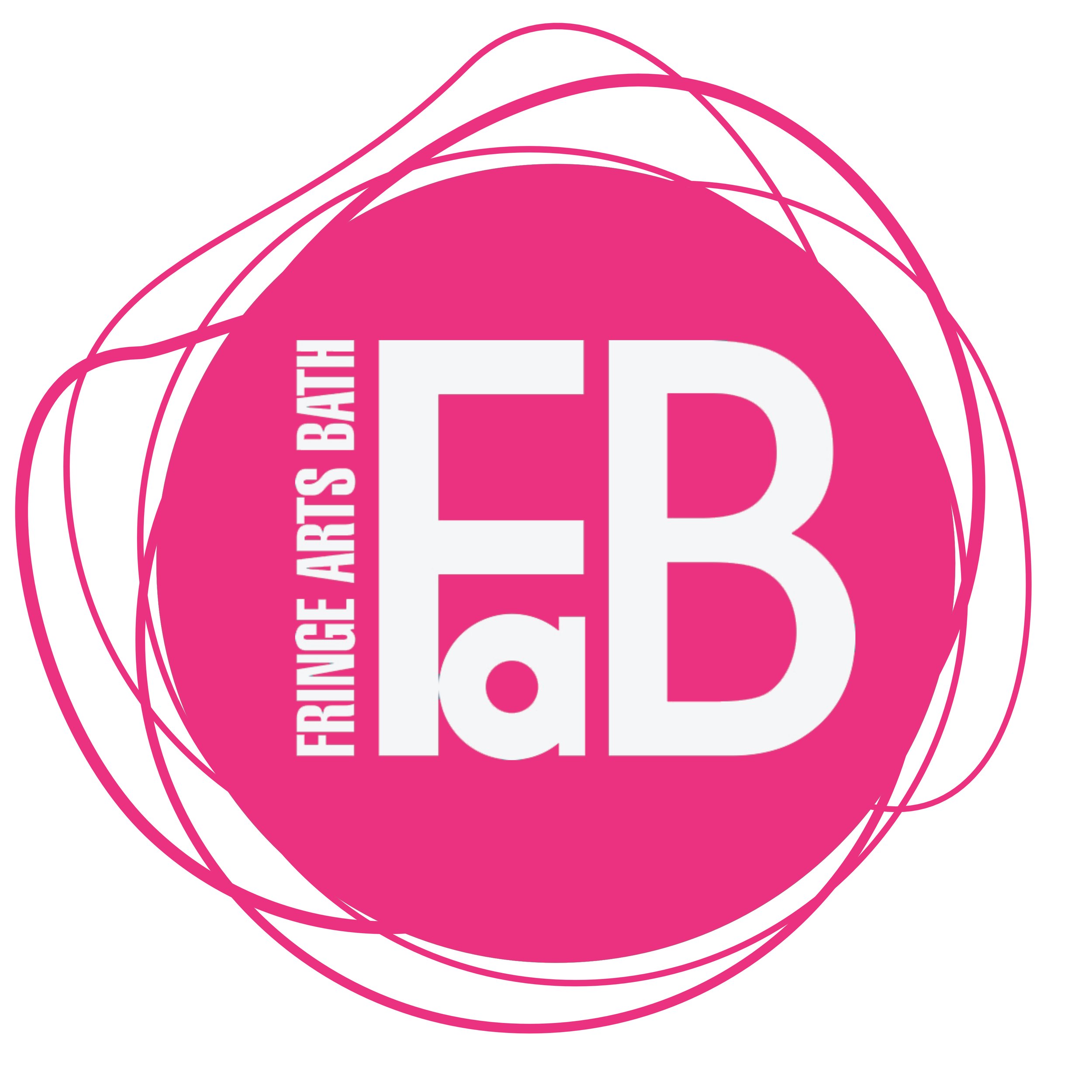Outside the Form | The main project
It is believed that art is mostly concerned with form and figure, or at least with visual representations and shapes as metaphor for a conceptual form. In the early twentieth century, French author Georges Bataille defines what is supposed to be the very opposite of a form – to wit, the formless – without pointing out an exact definition as any dictionary would do. Nonetheless, he assumes that the existence of the concept of formless supposes that everything should have a form, and everything should possibly be referring to a model. More importantly, he rather associates the formless to the notion of spit, and by extension, to that of a fluid.
As a phase of matter, the fluid avoids any shape or form, any organisation or order. Therefore, a fluid – be it a spit, a liquid, or any other kind – continually deforms. Moreover, fluidity is a condition toward chaos and disorder, as it is a manner of suspension of what is organised. Fluid may then be considered as a system for transgressions, nay as a matter of transgression of shape and form since the latter is always created by any type of container enclosing the fluid. Fluid as formless is thus outside the box, outside the form.
In the same vein, for contemporary phenomenology, fluidity as liquefaction of the body, by the externalisation of body fluids, is a possible condition of being, nay of existence in an interaction of the body with its environment. Fluidity is then a mode of perception of the body.
On the other hand, a key fact is that fluidity takes a major part in our way of life and our all-day lives. Since the emergence and the development of information and communication technologies, we are submerged in flows of information: electricity and signals passing one way other across international borders and territories through physical and virtual networks. Yet, this hypothesis seems to be contradictory to the idea that a fluid may be a condition of chaos and thus transgression of shape and form as an archetype, since all current network infrastructure assumes a remit, nay a norm. To be outside the box/form would then imply the application of new forces that could reshape the flow. For example, the recent sexual revolution that aims to transgress binary models and norms of gender had resorted to the aesthetics of data moshing as an act of direct intervention on the standardised flow of images in order to make possible new configurations of representation.
However, the notion of flow as fluidity entails the idea of motion that has been introduced by contemporary artists such as Francis Bacon in painting, Maggi Hambling in sculpture, among others, in order to transgress the form. Therefore, art is no longer concerned with form, as it is concerned with forces applied by the effects of time and thereby by the effects of motion, of flow, of fluidity.
To aim to show what is formless amount to show a form that is formless. To aim to show the formless amount to focus on all forces that do deform, rather on the form itself. To aim to show the formless amount to liquefy a form and spotlight the dynamics of its fluidity.
Outside the Form seeks artworks dealing with what could be formless and with artistic processes that transgress all form, all limits. Submissions can include all media and disciplines: installation, sculpture, painting, drawing, photography, multimedia, video and/or sound installation, digital art installation, performance. Outside the Form is looking forward to artworks that think these issues outside the box, outside the form.

